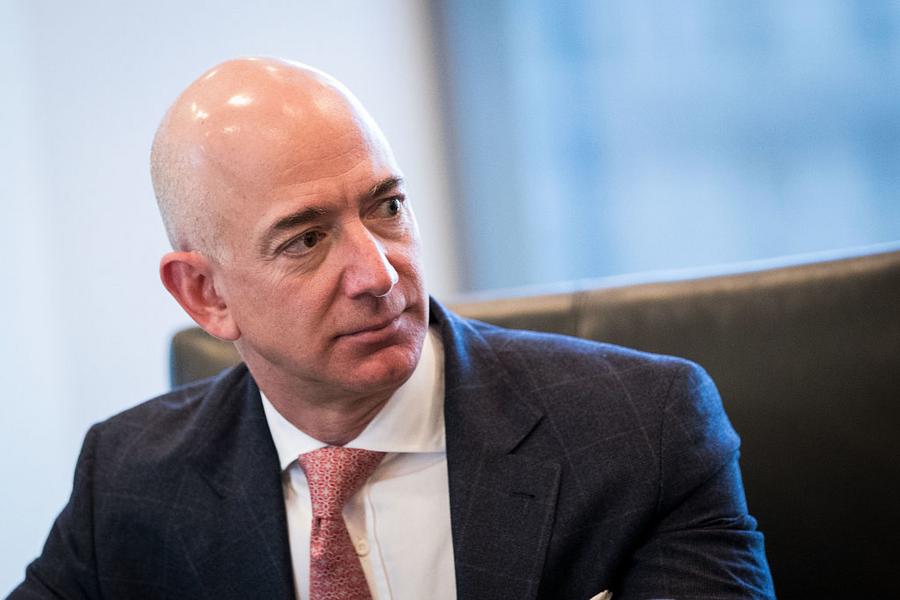Amazon CEO Jeff Bezos recently became the world's second-richest person, and as the company's stock rises, he could soon surpass Bill Gates to become number one. (Technically he just dropped down to the third richest person). But this powerhouse company wasn't always so successful.
Back in the boom of the late 90s, the company posted larger and larger losses as investors tried desperately to keep it afloat. Suddenly, the bust in 2000 happened, catching many companies off guard. Amazon didn't survive because of its management or a great idea. In a way, they were just lucky.

Drew Angerer/Getty Images
Amazon raised a ton of money right before the market crashed, giving the company the perfect cushion to ride out the turmoil of the early 2000s. It's easy to draw parallels to recent startups like Uber or Snap, which also might just be in the right place at the right time. Big investors had decided that the company needed more cash to hedge against nervous suppliers, so Amazon sold $672 million in convertible bonds, and offered a generous 6.9 percent interest rate with flexible conversion rates. The deal was completed one month before the crash.
Amazon survived while other big-spending companies collapsed under their own weight. Most of what eventually made Amazon successful happened after the dot-com crash. Bezos broke the company into small autonomous teams to encourage innovation. The company also realized it could be a platform to support other businesses, and launched Marketplace for third party vendors. Prime launched a few years later in 2005 and two-day shipping for third party sellers afterward. Amazon Web Services launched in 2006.
/2018/09/jeff.jpg)
/2017/03/bes.jpg)
/2022/09/GettyImages-89126045.jpg)
/2019/10/GettyImages-917897974.jpg)
/2017/04/jeff-1.jpg)
/2021/01/elon2.jpg)
/2009/12/Denise-Richards.jpg)
/2020/04/Eddie-Vedder.jpg)
/2025/03/sami.png)
:strip_exif()/2020/06/taylor.png)
/2012/12/Brooke-Mueller.jpg)
/2013/10/Jeff-Ament-1.jpg)
/2023/03/Matt-Cameron.jpg)
/2014/08/GettyImages-458847397.jpg)
/2023/05/Jelly-Roll.jpg)
/2009/10/Bono.jpg)
/2022/11/charlie-sheen.jpg)
/2013/10/Mike-McCready.jpg)
/2022/04/Charles-Payne.jpg)
/2023/03/Stone-Gossard.png)
/2021/06/nicolette.jpg)
/2011/07/Drake-Bell-1.jpg)
/2009/11/edge.jpg)